

20几岁要懂得的人生哲理
¥7.98
本书以生动的故事向读者传递人生的哲理,经典的故事,启迪你生活的智慧。实用的道理,教会你日常做人的事。本书共分为十九章,在指导对个人的缺、面对成败的态度、面对感情的得失等方面,都有细致、合理的方法呈现。

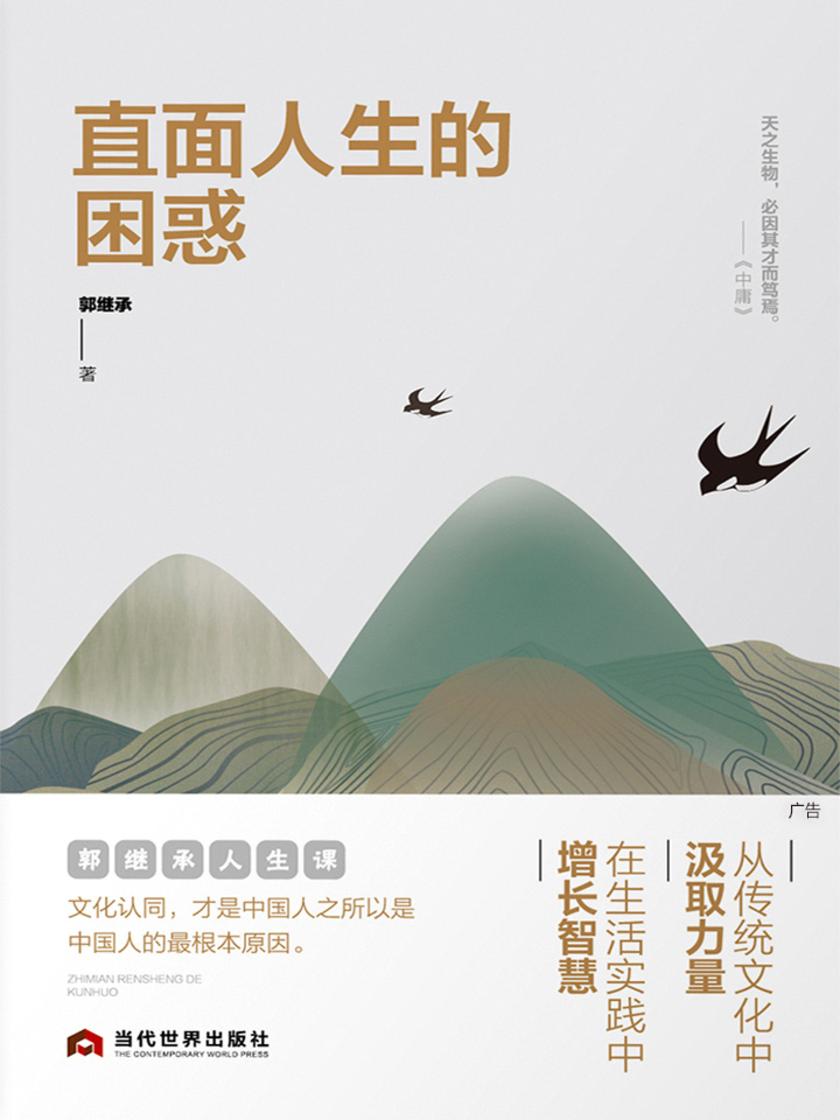
直面人生的困惑
¥7.99
本书内容包括了自我成长、事业发展等各个方面的人生困惑和解答。郭继承教授遍阅中国传统文化,从历史中汲取智慧,将传统与现实相结合,提出解决困惑的思路和方法。本书语言犀利、逻辑严密、深浅出,是当今社会“人生百科全书”和“管理哲学”的典范著作。
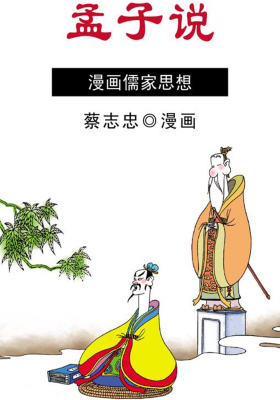
孟子说乱世的哲思
¥7.99
书评 蔡志忠是亚洲成功、受欢迎的漫画作家之一。他的部分作品甚至被日本公立学校课程中使用。他16岁开始职业生涯,早是因获奖的多部动画电影和每日连载漫画引起大众关注的。蔡志忠漫画的的部作品是《庄子说》,在台湾出版后引起巨大轰动,此后出版的每一本都获得了同样的成功并多次再版。 此套系列丛书的英文译者是美国学者BRIAN BRUYA先生,拥有夏威夷大学比较哲学博士学位,是中国早期哲学研究领域的专家。由于他的再度创作,使该书的英文译文准确、地道,具有权威性。

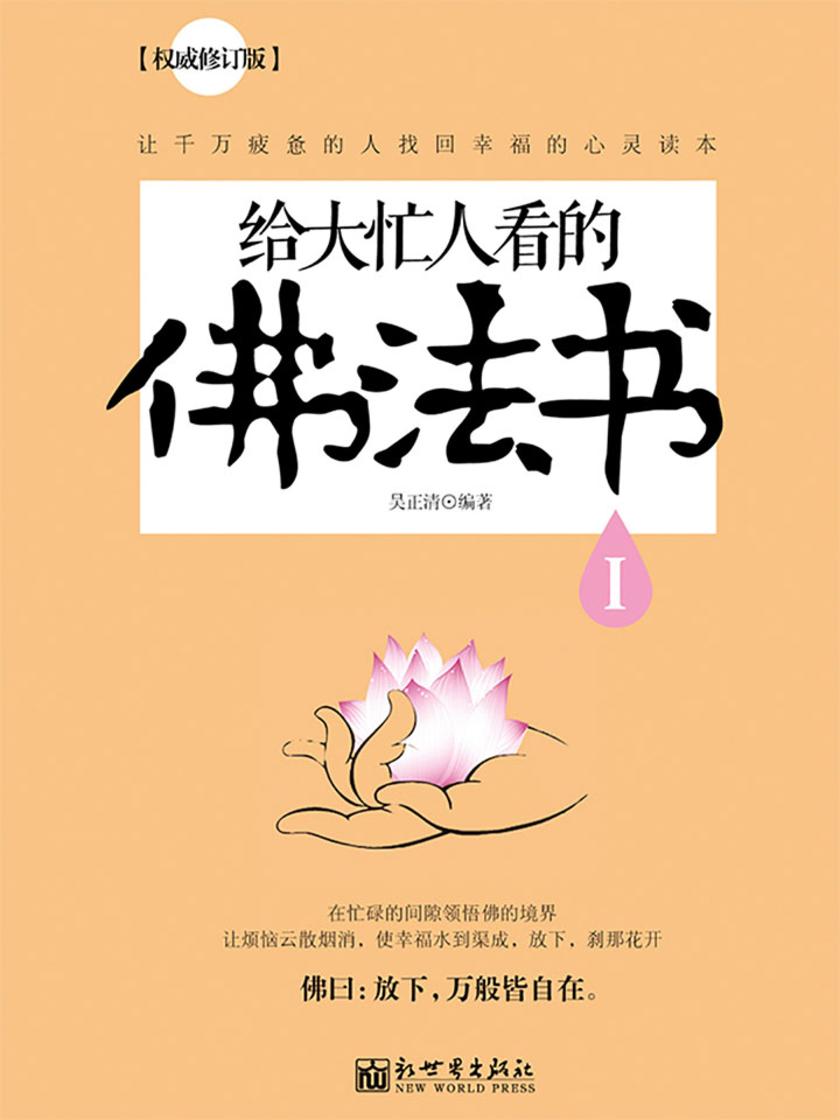
给大忙人看的佛法书Ⅰ
¥7.99
本书用清新流畅的语言,将一个又一个佛法故事娓娓道来,期望能让每一位忙碌中的读者,都能够学会放松自己,都能够找到一处让心灵休整的港湾,找到一个让心灵休憩的驿站,找到一张让心灵放松的按摩椅。也许,当你逐页阅读本书时,你会感悟到:在生活上,有一颗随缘心,你会更洒脱;有一颗平常心,你会更从容!在待人上,有一颗慈悲心,你会更积善;有一颗感恩心,你会更幸福!在做事上,有一颗因果心,你会更明理;有一颗不贪心,你会更快乐!在处世上,有一颗忍让心,你会更逢源;有一颗超脱心,你会更淡然!在修身上,有一颗修行心,你会更智慧;有一颗质朴心,你会更纯粹!在成长上,有一颗自知心,你会更清醒;有一颗自助心,你会更稳重!

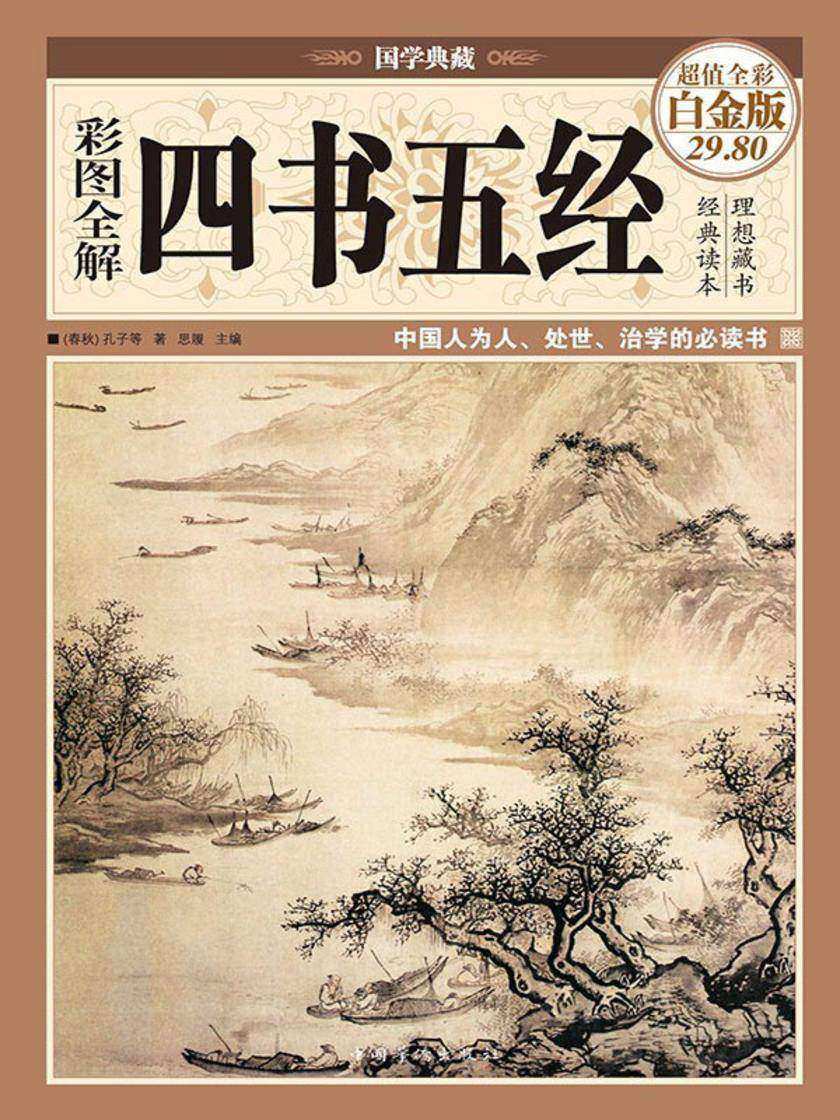
彩图全解四书五经
¥7.99
四书五经是“四书”和“五经”的合称。所谓四书,是指《大学》、《论语》、《孟子》、《中庸》这四本书,它们为儒家传道、授业的基本教材;所谓“五经”,是《周易》、《尚书》、《诗经》、《礼记》和《春秋》这五本书的合称,经朱熹编定之后广为流传。“四书五经”作为儒家学派的经书,详实地记载了中华民族思想文化发展*活跃时期的政治、军事、外交、文化等各方面的史实资料,以及影响中国文化几千年的重要哲学思想。它蕴涵了儒家思想的核心内容,是儒学认识论和方法论的集中体现,在世界文化史、思想史上具有极高的地位,是人类文明的共同遗产。千百年来,“四书五经”启迪了中国人对自然与社会的深刻感受,启发了华夏儿女的智慧,为中华民族文化的发展做出巨大的贡献。“四书五经”具有极大的影响力,使我们既可以通过它了解中华民族的历史、现状以及将来,也可以在汲取传统文化精髓的过程中,增智广识、立德励志。

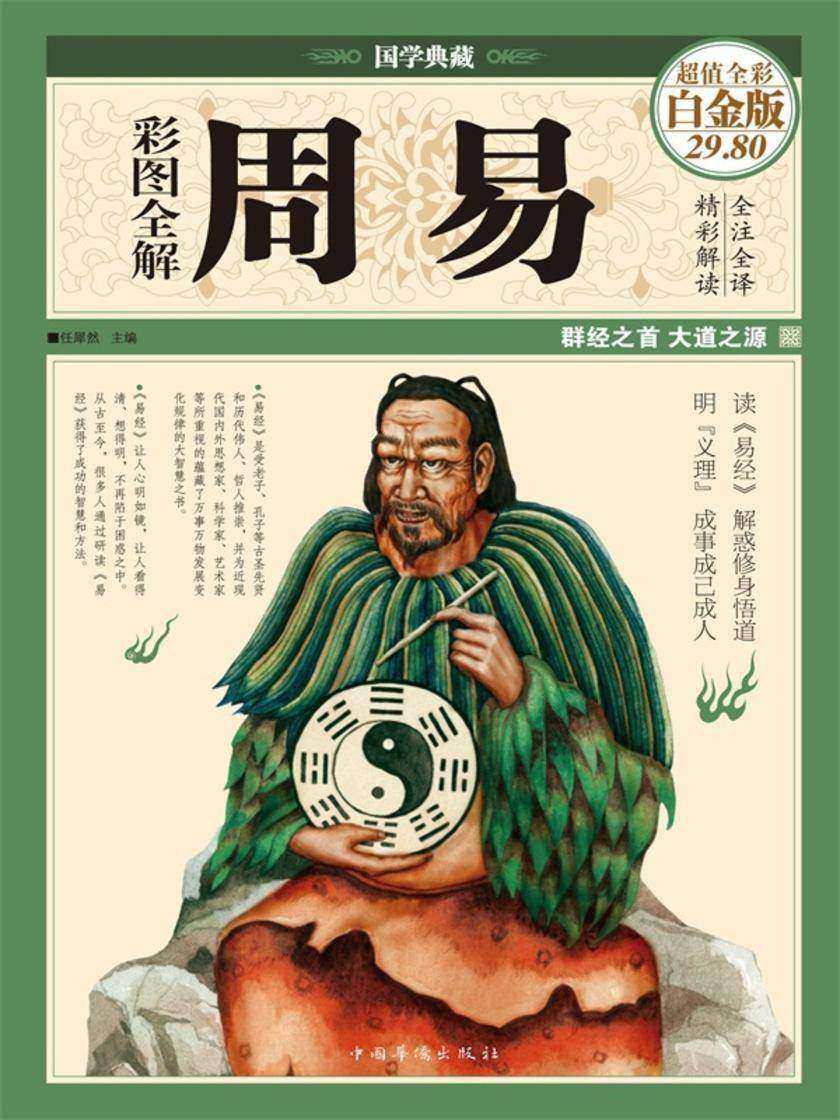
彩图全解周易
¥7.99
《彩图全解周易(超值全彩白金版)(精)》由任犀然主编,主要内容:《易经》是中国古老、深邃的经典,是华夏五千年智慧与文化的结晶,被誉为“群经之首,大道之源”。纵览几千年中华文明史,易学始终贯穿于中国文化脉络之中,大到安邦治国,兼济天下,小道独善其身,明达君子之志,历代大儒无不躬身研易,希望可以从中得到智慧的启迪。 《易经》六十四卦,可以视为社会、人生的六十四种变化中的现象,代表了世界万事万物的典型,它们喻示了特定的时间、特定的环境条件下的自然、社会、人生的规律,并提出了相应的明智对策。“朝乾夕惕”“自强不息”,这是人生励志基本的原则;“柔顺含弘”“厚德载物”,这是为人处世得人心、能致长远的品德。当处于人生的低谷时,《易经》提示人们乾卦潜龙在渊的智慧;当知识缺乏时,《易经》提醒人们启用蒙卦教育启蒙的智慧;当过于挥霍自己的健康时,《易经》提醒人们应该遵循复卦休养生息的智慧;当过于患得患失时,《易经》告诫人们要善用晋卦失得勿恤的智慧…… 《彩图全解周易(超值全彩白金版)(精)》适合大众阅读。

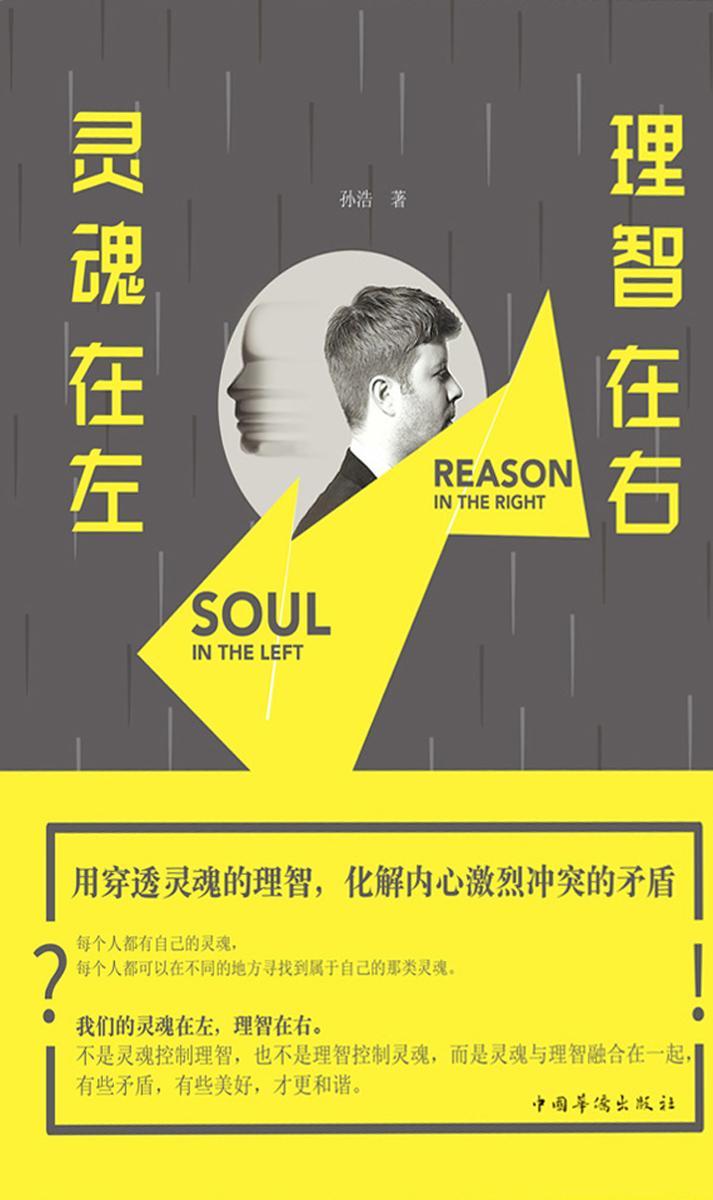
灵魂在左,理智在右
¥8.00
有人说,离理性越近,离灵魂越远;也有人说,人生就是一刻也不停地变化着。就是肉体生命的衰弱和灵魂生命的强大、扩大。我们可以灵魂向左,理智向右,定位人生的每个点牵扯出人生曲线之美。这是一个纷繁的世界,有人历经苍桑回去了不再出来,有人蠢蠢欲动地想要换个地方寻找精彩,有的人在原地拼命地寻找安全感……人生太匆匆,面对或转身请记得勇敢,微笑,让灵魂向左,理智向右!

重读加缪
¥8.00
?本书首次将加缪生命和刨作中重要的四个方面完整呈现给读者:他对阿尔及利亚的热爱、他的“人间信仰”、他的“反抗”思想与“地中海思想”、他对自己精神历程的独特艺术表汰……
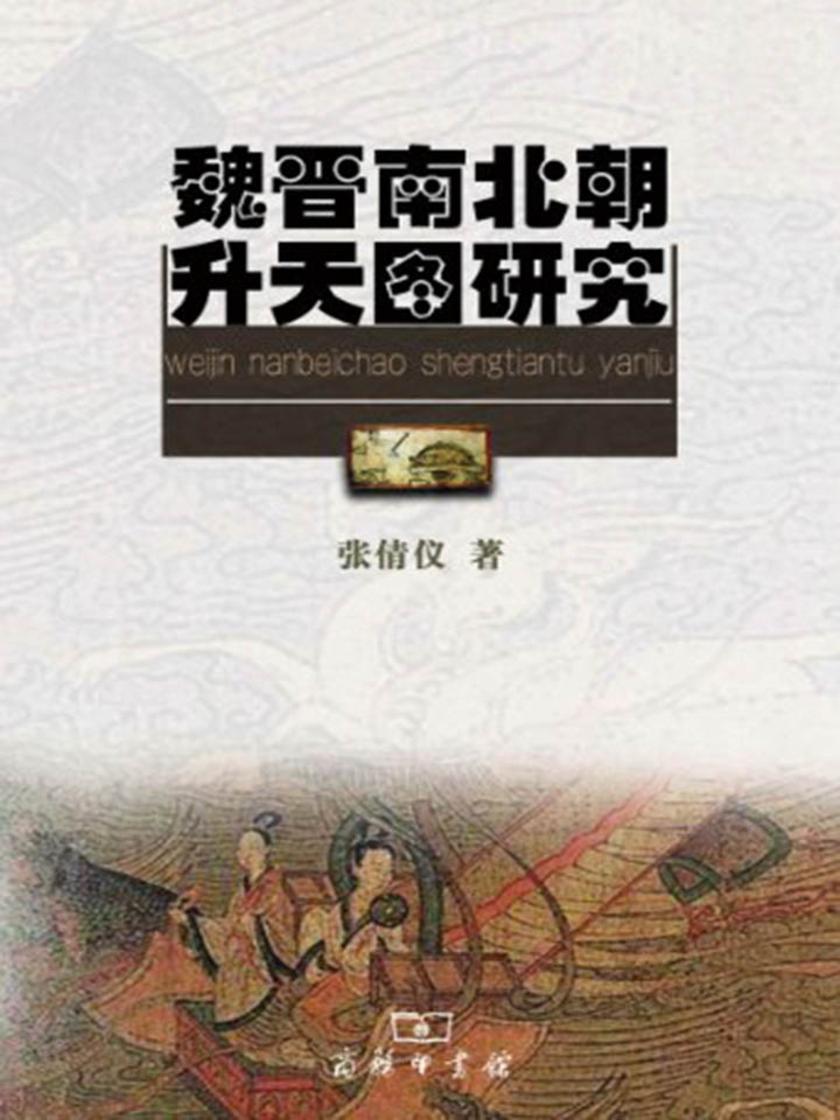
魏晋南北朝升天图研究
¥8.00
去年我曾为香港大学审阅张倩仪女士的学位论文《魏晋南北朝升天图研究》,读后认为论文从近年来发现的文物中,就升天图的形态,探讨古代人们的生死观、意识形态、宗教信仰乃至不同文化的交流,能取用新材料研究新问题,预于时代之潮流。 升天图是以形象表达人们对死后的祈求,包涵着时代的生死观。春秋时期的儒家学说,重在现实社会的改造,所谓“未能事人,焉能事鬼”,“未知生,焉知死”,不言鬼神与死后的世界。道家言行超脱世俗,所谓“出生人死”,视死若回归自然,本来亦不讲究其死后的去向,老子言鬼指的是邪恶,言神乃寓意人的精神,并无构想另一世界之意。只是从功利出发的人,就会考虑生的利益和设想死后的处境,古代神鬼的传说便与身后世界相通。当道家的自然观流于养生保命的愿念,长生不老的理论与实践关系之说纷纷出现。而世上人无有不死者,于是尸解、升仙之说填补其缺,升天图是其图像的形式。 时代不同,思想意识随之亦产生差别,是共认的发展规律。升天图反映的虽属同一事,但离不这一规律。
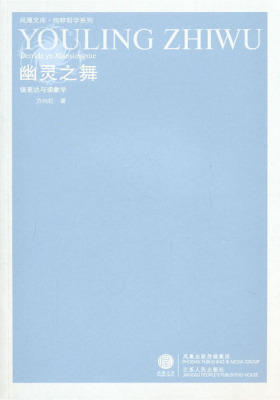
幽灵之舞——德里达与现象学(仅适用PC阅读)
¥8.00
《纯粹哲学系列》之《幽灵之舞(德里达与现象学)》提出了德里达晚期思想的解读框架,并将之诠释为幽灵学作者发现了“幽灵”的三个特性并存谱系学上将其回溯至胡塞尔和海德格尔现象学的源头。 本书适合从事相关研究工作的人员参考阅读。

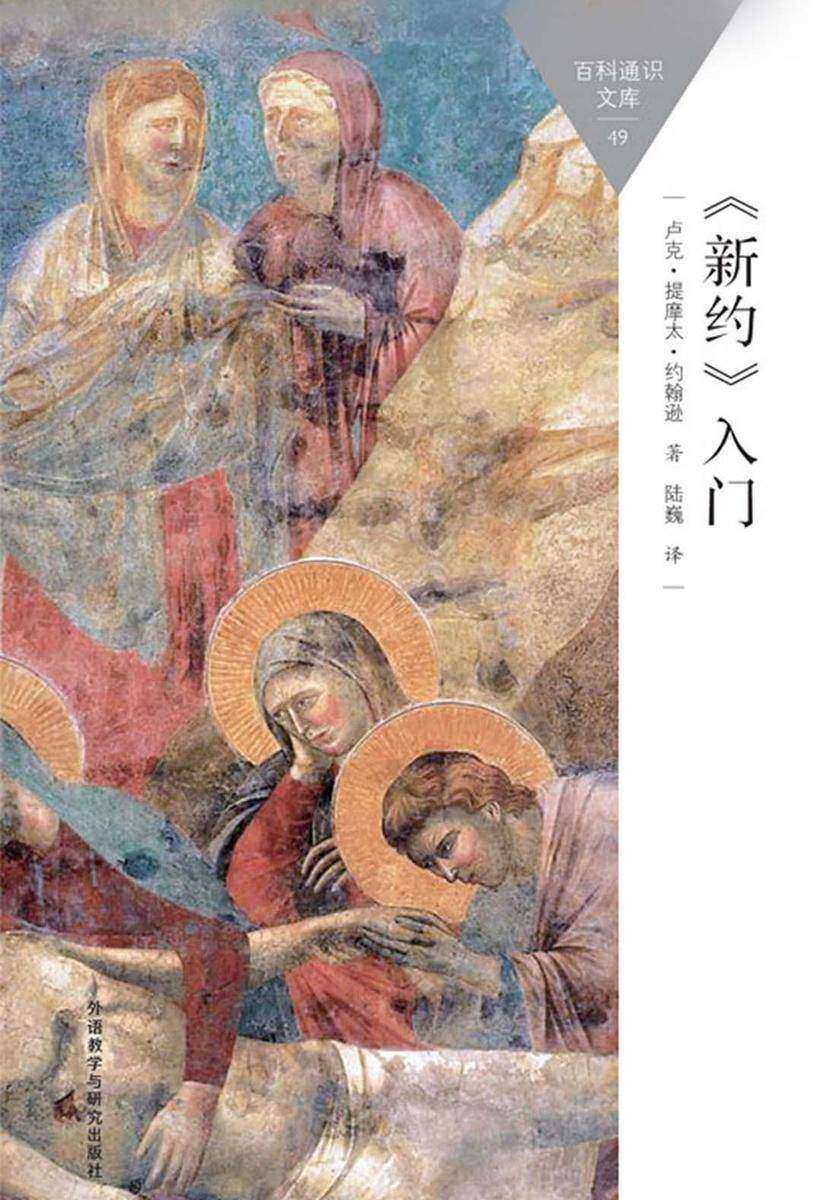
《新约》入门
¥8.00
《<新约>入门》是对基督教正典《圣经新约》的简单介绍,全书的内容为《新约》的文本考证,包括各节的大概内容、创作背景、写作风格、文本解读、历史渊源和流变、历史意义,以及彼此之间的关联和异同。作者在书中阐述时引用了部分《新约》原文,但多为只言片语,纯粹是为了佐证自己的论点,属于学术引用的范畴,与基督教或其他宗教本身关联并不大。例如,作者在阐述中力求不偏不倚、客观公正,比如第三章,关于耶稣复活的描述,提到了《圣经》里的说法,第七章《保罗及其书信》中阐述保罗书信的源流时,作者就提到了基督教与犹太教之间的渊源、早期人们对待基督教截然相反的两种态度。总而言之,该书是关于宗教经典的简单介绍,不是关于宗教或信仰本身的介绍。
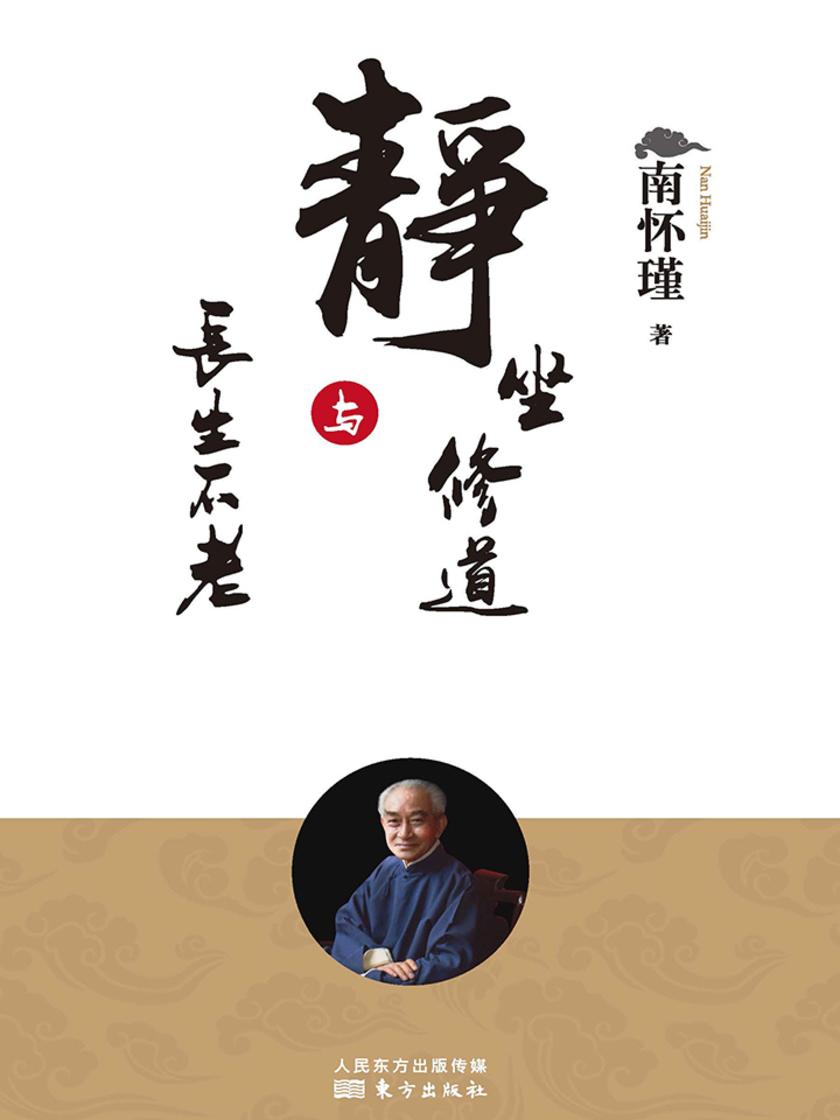
静坐修道与长生不老
¥8.00
身体康健乃至“长生不老”,千百年来一直是世人的向往与追求。南怀瑾先生结合自己多年来的修习实践以及古今述作,撰写了本书。书中着重叙述了佛、道、儒三家的静坐修持法。内容包括:静坐的姿势与要;静坐中体内气机的反应,与由此而引发的心理与生理的变化;佛家的七支坐法;道家的内丹静坐法;通任督脉、奇经八脉的方法;中医经络学说中的气功;以及《太极炼丹秘法》、《菩提道欢第论》等著作中的修炼法。为纠正讹传误修,恰生养年提供了有益的指导。

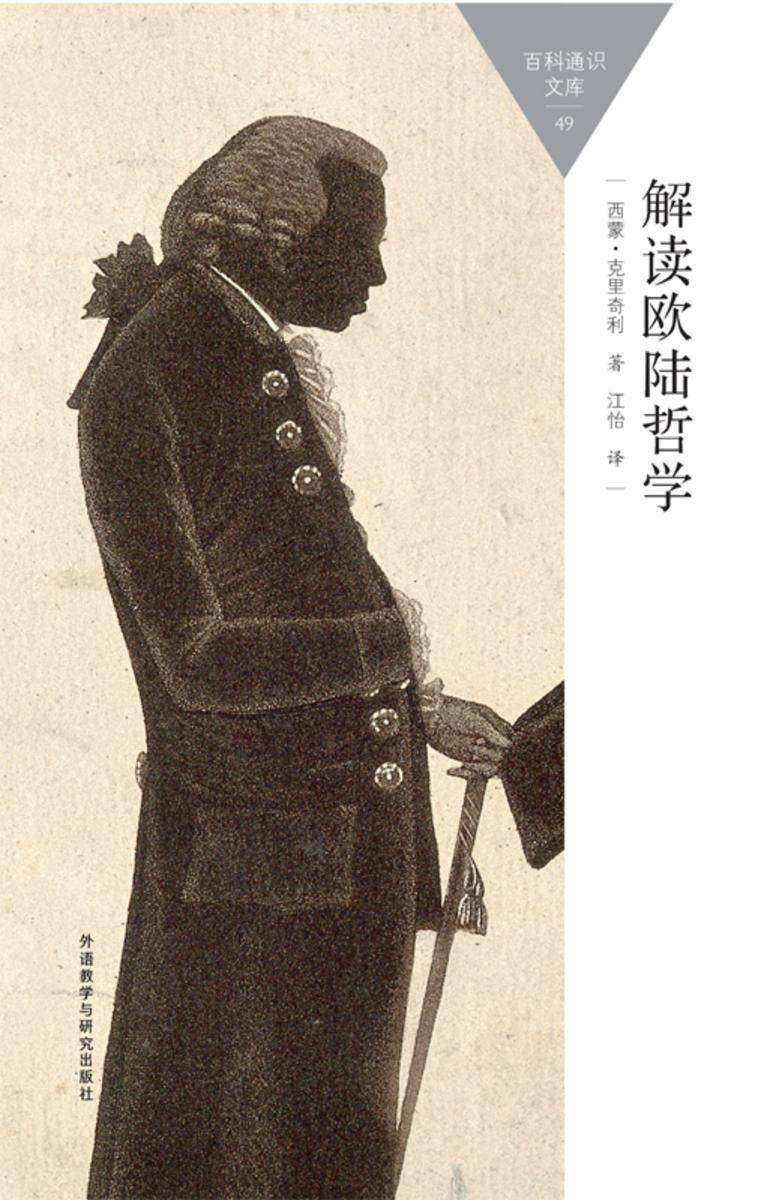
解读欧陆哲学
¥8.00
《解读欧陆哲学》“哲学,就是爱智慧,这种智慧会使我们的人生富有价值。”这本小书的核心即是希望将哲学置于文化生活的核心,进而复苏对哲学*古老的定义――对智慧的热爱。本书从两百年前的康德谈起,对尼采、胡塞尔、海德格尔等哲学大家一一道来,系统阐述了欧陆哲学的历史演变、主要特征及其与分析哲学之间关系的来龙去脉,解答了大家心中的问题:欧陆哲学到底是什么。

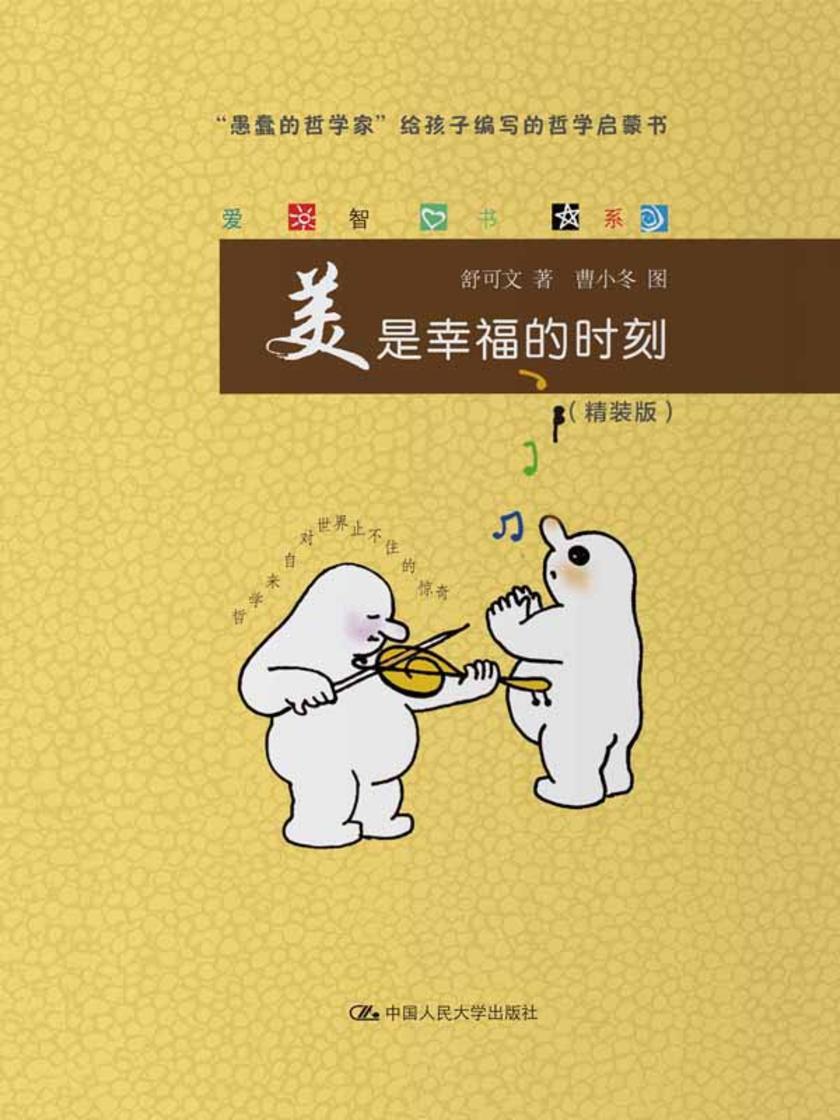
美是幸福的时刻(爱智书系)
¥8.00
当我们为一种美而屏住呼吸,或尖叫、或落泪的时刻,那动我们的究竟是什么?在万物表面呈现给我们的样子之外,是否还存在着另外一种真实?什么是美?什么是艺术?什么是艺术家?为什么我们的生活离不美、离不艺术的滋养?这本小书带给你的不单是美学的知识和常识,还有美的享受。从作者心泉泊泊流溢的文字 清新、蕴藉、隽永,带领你认识美、领略美、咏叹美,并在感受到美的那一刻体验到幸福!


解读后现代主义
¥8.00
《解读后现代主义》“围绕后现代主义的中心议题、关键例证和严重缺陷,展开极富条理、清晰易懂、简明扼要的论述。如一缕清风吹散笼罩在这个话题上的乌烟浊气。”在过去的十年间,后现代主义一直是当代社会的一个时髦术语。但是如何来定义后现代呢?在本书中,克里斯托弗巴特勒质疑、探求了后现代主义者的核心思想,以及他们在理论、文学、视觉艺术、电影、建筑、音乐等方面的表现。他认为艺术家、知识分子、批评家以及社会科学家们“就像是一个组织松散、喜好争辩的政治党派的成员”――这个政治党派的成员包括辛迪舍曼、萨尔曼拉什迪、雅克德里达、沃尔特阿比什、理查德罗蒂等。该书搭建起一个极为有趣的框架,以揭开“后现代状况”的种种奥秘,所涉内容从博物馆文化的政治化,一直谈到崇尚政治正确的方方面面。克里斯托弗巴特勒现为牛津大学英语语言文学系教授,著述颇丰,其中包括《早期现代主义》、《阐释、解构和意识形态》等。

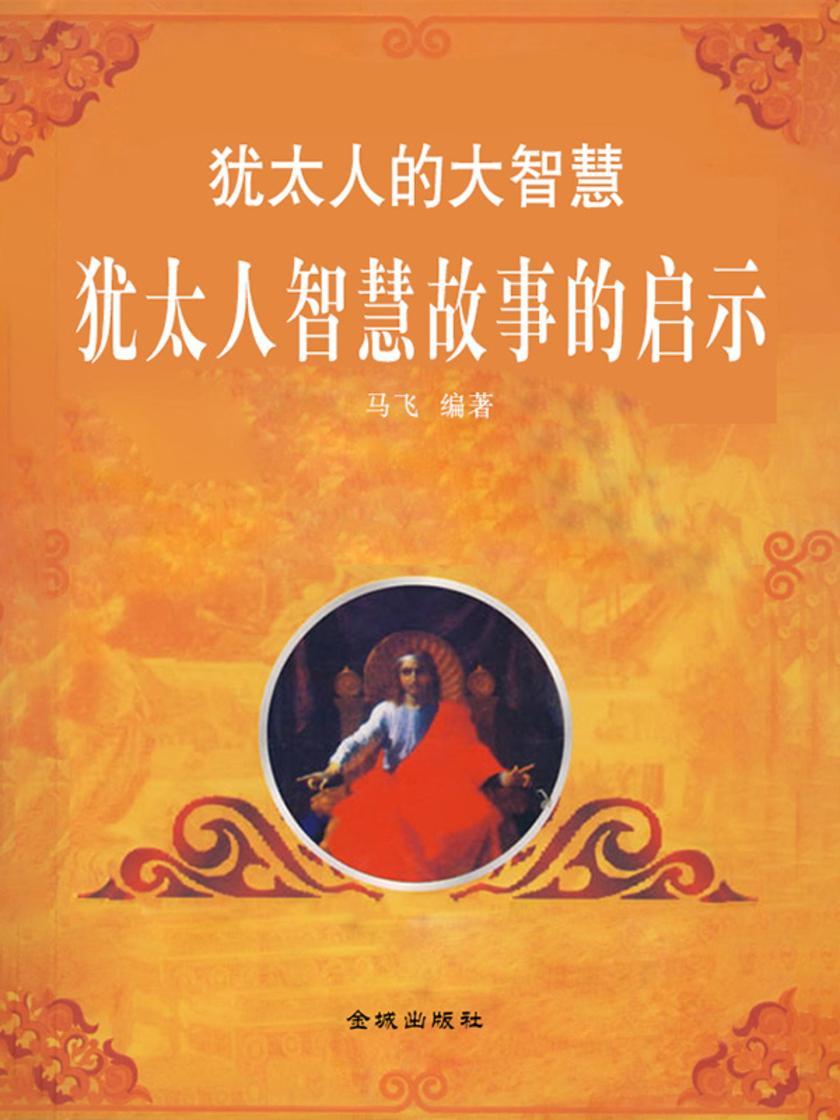
犹太人的大智慧?犹太人智慧故事的启示
¥8.00
暂无相关内容
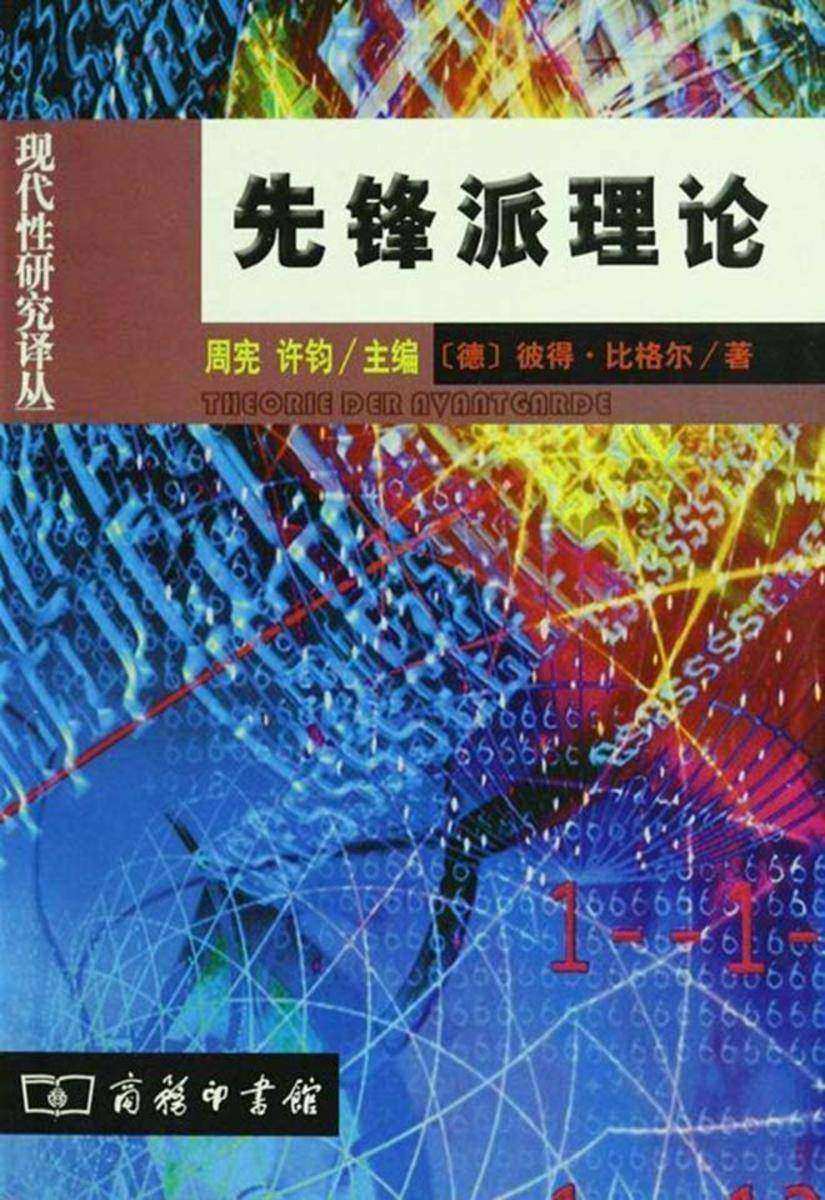
先锋派理论
¥8.02
作者首先阐释了批判科学的概念,说明批判科学要反观科学本身,说明科学知识是在什么社会条件下生产出来的。由此转到对先锋派理论的讨论上来,指出审美范畴不是永恒的,而是社会发展一定阶段的产物,先锋派则是对这些范畴的批判。书中专门讨论了艺术自律问题。自律使艺术离现实生活,而先锋派艺术则使艺术回到现实。后,作者讨论了介或我们通常所说的政治、生活与艺术相互干预问题,以及与此相关的艺术体制问题。本书是西方探讨先锋派理论影响*的专著之一。“就其对先锋派所作的准确而带有历史性思考的界定而言,比格尔《先锋派理论》一书的价值是怎么会计也不过分的”。

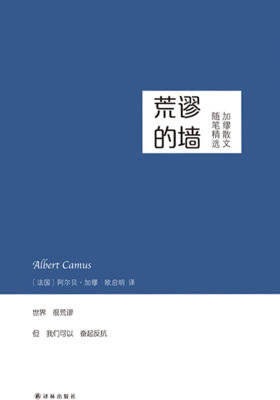
荒谬的墙
¥8.02
荒谬主义代表作家的代表作品

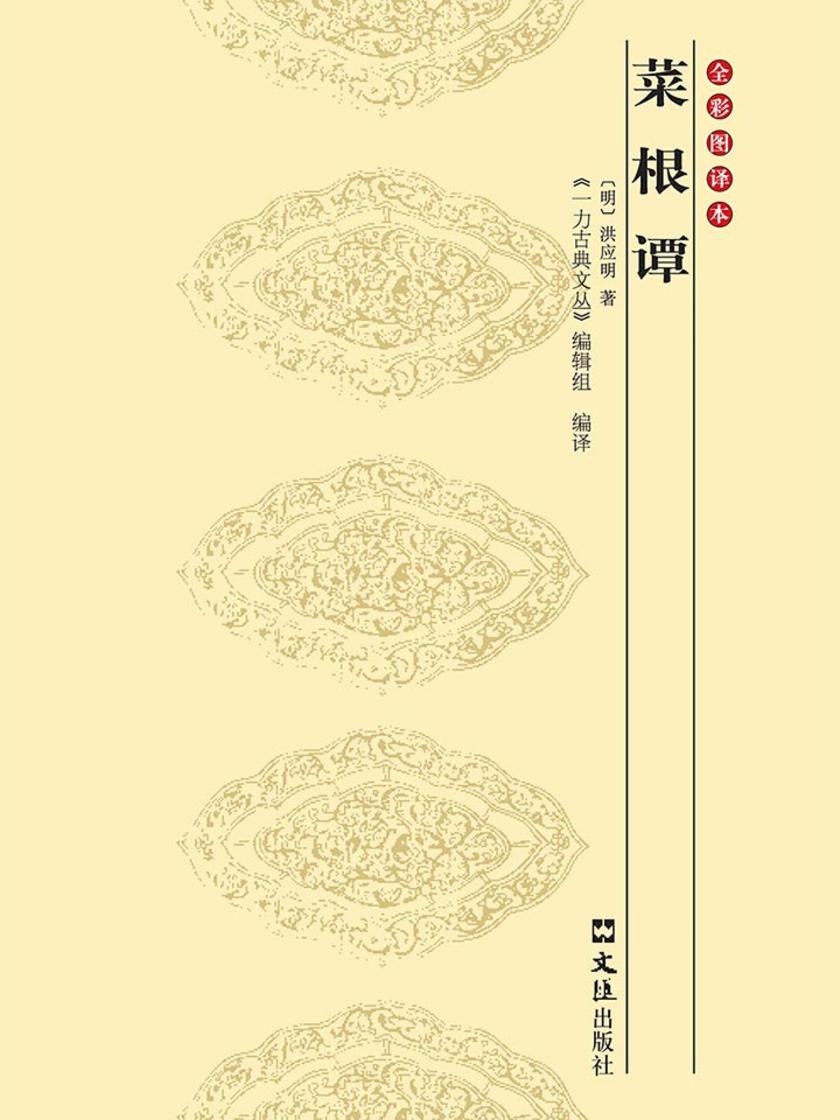
菜根谭:全彩图译本
¥8.02
本书是一本关于启蒙教育的典籍,内容包括修身、劝世、明智、齐家、治平等各个方面,其中不乏历代相传的经典名句和至理名言,对于当代青少年修身养性、陶治情操以及传统道德观、价值观的培养与形成大有裨益。
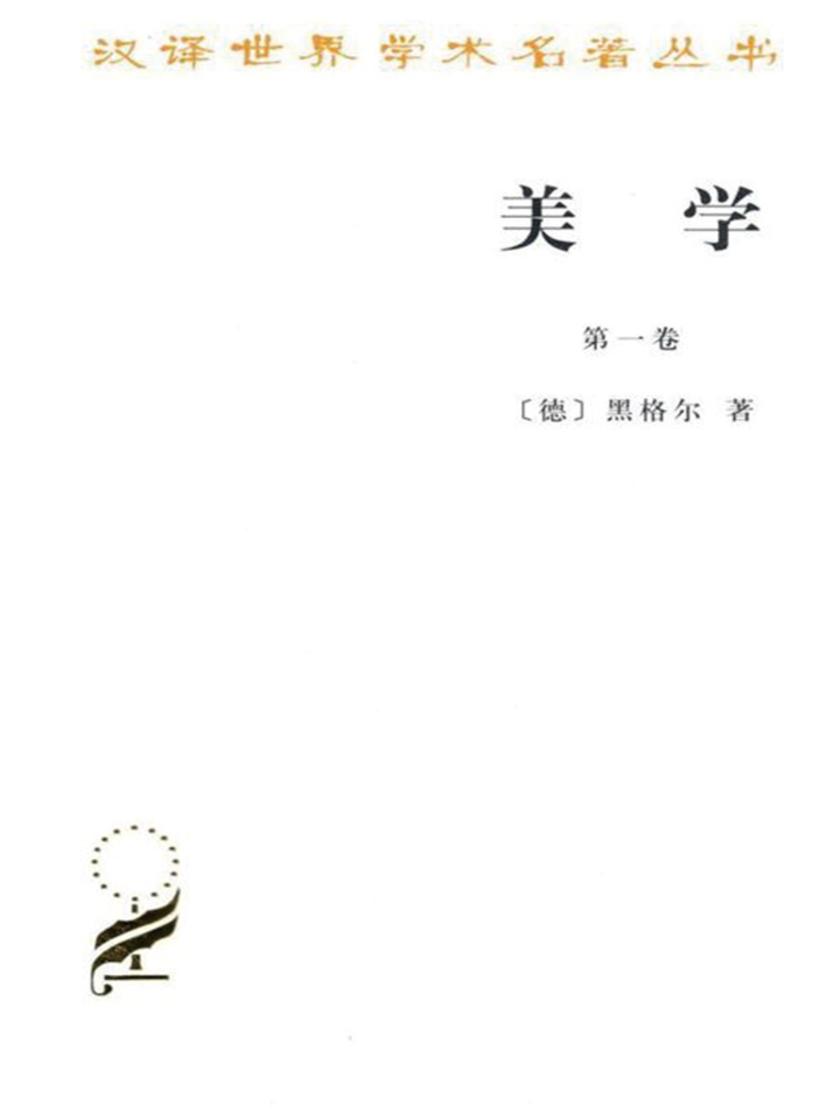
汉译世界学术名著丛书:美学(第一卷)
¥8.04
这些演讲是讨论美学的,它的对象就是广大的美的领域,说得更精确一,它的范围就是艺术,或则毋宁说,就是美的艺术。本书讲述了美学的范围和地位,美和艺术的科学研究方式艺术美的概念等。
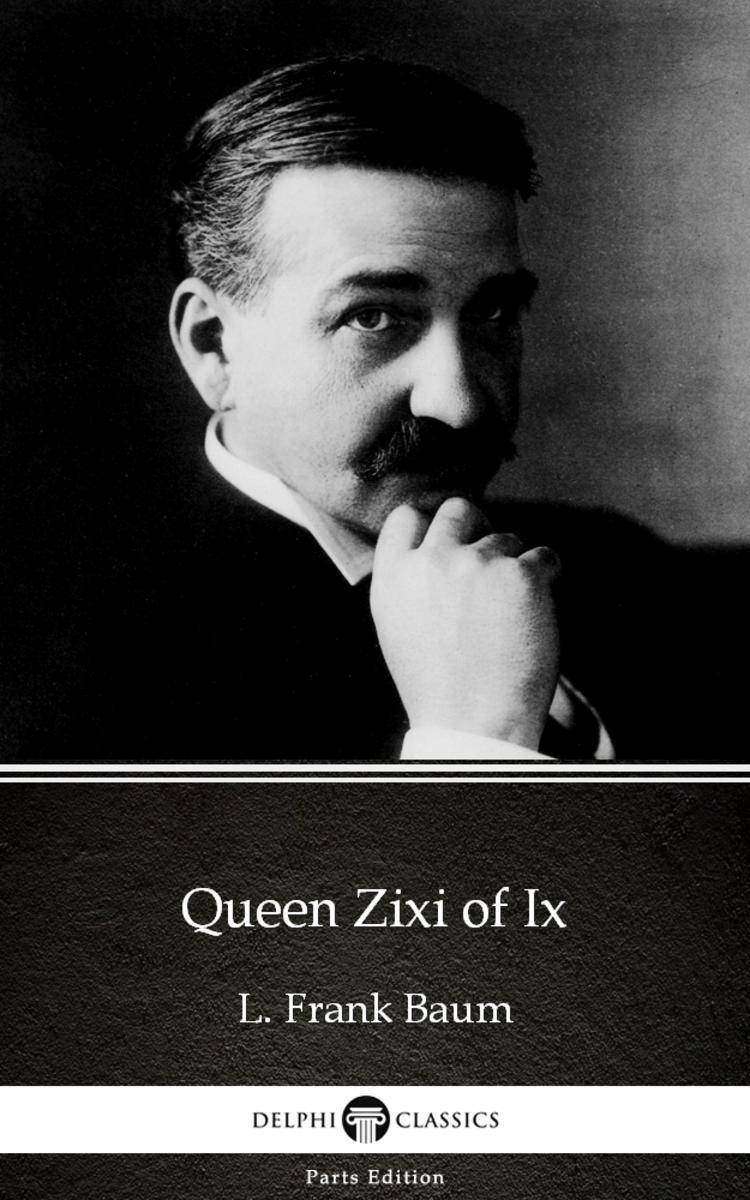
Queen Zixi of Ix by L. Frank Baum - Delphi Classics (Illustrated)
¥8.09
This eBook features the unabridged text of ‘Queen Zixi of Ix by L. Frank Baum - Delphi Classics (Illustrated)’ from the bestselling edition of ‘The Complete Works of L. Frank Baum’. Having established their name as the leading publisher of classic literature and art, Delphi Classics produce publications that are individually crafted with superior formatting, while introducing many rare texts for the first time in digital print. The Delphi Classics edition of Baum includes original annotations and illustrations relating to the life and works of the author, as well as individual tables of contents, allowing you to navigate eBooks quickly and easily. eBook features: * The complete unabridged text of ‘Queen Zixi of Ix by L. Frank Baum - Delphi Classics (Illustrated)’ * Beautifully illustrated with images related to Baum’s works * Individual contents table, allowing easy navigation around the eBook * Excellent formatting of the text Please visit www.delphiclassics.com to learn more about our wide range of titles




 购物车
购物车 个人中心
个人中心



